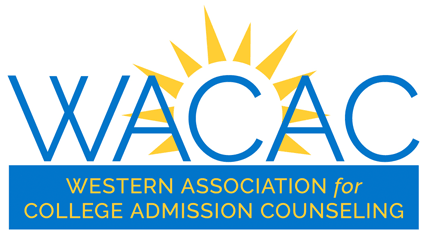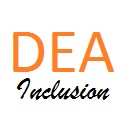By Ava Agree, Assistant Director of Admission, University of San Francisco
Diversity, Equity and Access Committee
Dating as a Trans person is all about learning when and how to out yourself, colloquially, ‘Spilling the Tea’. So here’s me, spilling my tea. The first time a realized I might be able to transition was on a college overnight my senior year of high school. My host took me to a party in the upperclassmen housing (an offense I would look differently on in my current position), and while there I met Katie, a Junior then, who had recently begun her transition. It was the first time I had met another Trans person and I visibly struggled to put the pieces in my head. Sensing my discomfort, but not its source, my host looked sternly at me and made clear, ‘We have space for all kinds of people here’. As a young Trans girl transition seemed impossible. Meeting Katie was the first time in my life transition didn’t seem like a death sentence.
The harsh reality is that despite increasing visibility of Trans people, and increased discussion of how to act as ‘allies’ to trans people in our professional forums, transgender youth still navigate a world in which they are left to educate the educators on trans issues. A 2015 National Transgender Survey found that only about one in five Trans people had begun transition by the time they turned eighteen. Which means the vast majority of the Trans students we work with are invisible to us. So how do we act with intention to support a population we cannot identify?
We do this work in two ways. First, by addressing the lack of Trans representation in our offices. As a professional community, we need to confront the transphobia in our community and ask hard questions as to why Trans people face such high levels of exclusion and discrimination within our professional community. Like our students of color, Trans youth need to see Trans adults in positions of power within our institutions if they are to believe we are serious in wanting them on our campuses. If we are not in a position to hire Trans candidates for leadership positions on our professional staff, we need to be critically addressing whether we have Trans students on our student staffs. We need to be sure that all students have the opportunity to see Trans people thriving on our campuses, because both cis and Trans people alike need to see those models of success to believe in them.
Second, we need to talk about it. We cannot wait for a student to out themselves to let them know they can be safe on our campuses. We need to remember that most Trans teens do not know they are Trans teens. This means doing the hard work. It means asking for students’ pronouns every time we present, it means addressing the gendered language we use, it means making sure to mention resources on our campuses for Trans students no matter who we are speaking to, and it means taking the time to get to know the realities of trans experiences on our campuses.
Each time I present to students, I make sure to speak explicitly about my Trans experience. When that burden feels like more than I can carry, I remind myself that I am likely the only transgender educator that student may meet. As of this writing I am, to my knowledge, the only transgender woman working in college admission. We must do better. Until we have built a world in which Trans youth no longer need to assume they are the only one, and in which Trans youth know adults who they can see their experiences reflected in, that burden will continue to be on those few Trans educators in our field to continue spilling the tea. There isn’t enough tea in the pot.


Thank you, Ava. I truly enjoyed reading about your experience and appreciate the work that you do for all students. #wacaclove
Thank you for your sharing your perspective. It helps all of us to better support students, friends and family. XOXO Stacy Kadesh